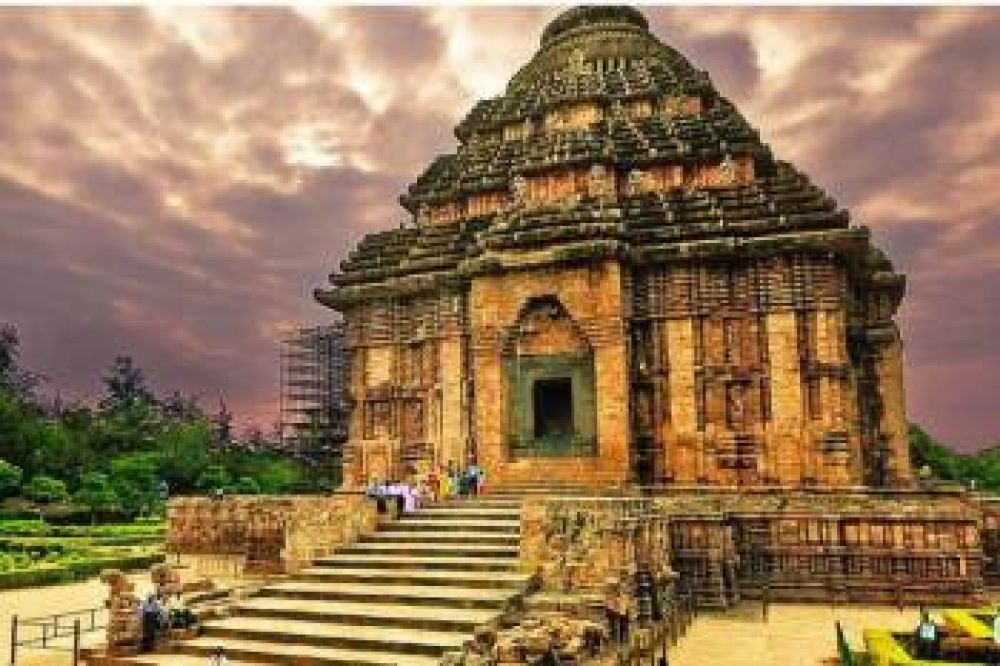

The Satmatrika temples, located in Omkareshwar, Madhya Pradesh, India, hold a significant place in the ancient religious landscape of India. These group of temples, dedicated to the seven mother goddesses known as 'Saptamatrika,' have been a focal point for devotional activities since their inception, which is believed to be around the 10th-12th century AD.
Tourism to the Satmatrika temples has historically been tied to the broader appeal of Omkareshwar, a renowned pilgrimage site famous for one of the twelve Jyotirlingas of Lord Shiva. While historical records specifically mentioning tourism to the Satmatrika Temples are sparse, the significance of Omkareshwar in Hindu mythology has ensured a steady flow of pilgrims and curiosity seekers to this region over the centuries.
The temples themselves have seen periods of rise and decline, with the advancement of ages and shifting political dynamics influencing the number of visitors. Despite this, they have remained an integral part of the spiritual fabric of Omkareshwar.
The architecture of the Satmatrika Temples is characteristic of the Paramara style prevalent in central India during medieval times. Detailed stone carvings, meticulous design, and a rich history attract tourists who are interested in architectural heritage as well as spirituality.
The role of the temples in relation to the goddesses they house is deeply interwoven with the cultural practices of the region. They serve not only as a place of worship but also as a testament to the region's devotion to female divinity, a concept that holds immense importance in Hinduism.
In recent years, there has been a surge in heritage tourism, with travelers seeking experiences that offer insight into the area's history, culture, and traditions. The Satmatrika Temples fit well into this niche. Efforts by the Madhya Pradesh Tourism Board to promote heritage sites have led to improved accessibility and greater awareness.
Eco-tourism initiatives are on the rise too, as Omkareshwar sits on the banks of the Narmada River, allowing for a combination of spiritual and nature-oriented tourism. Modern-day tourists also look for a holistic experience that includes yoga, meditation, and an opportunity to explore the local culture, which Omkareshwar and its associated temples like the Satmatrika provide.
Conservation efforts by the Archaeological Survey of India (ASI) have helped in preserving the structural integrity of the Satmatrika Temples. These temples have been given the status of a protected monument, which aids in securing funding and expertise for their upkeep.
With an increasing global interest in ancient cultures and civilizations, the Satmatrika Temples are likely to see a further influx of international tourists. The future of tourism here is poised to be a blend of devout pilgrimages, historical exploration, and a tranquil retreat into nature's bounty.
Note: Visitors to the Satmatrika Temples should check for any travel advisories or restrictions that may be in place, ensuring a safe and informed travel experience.